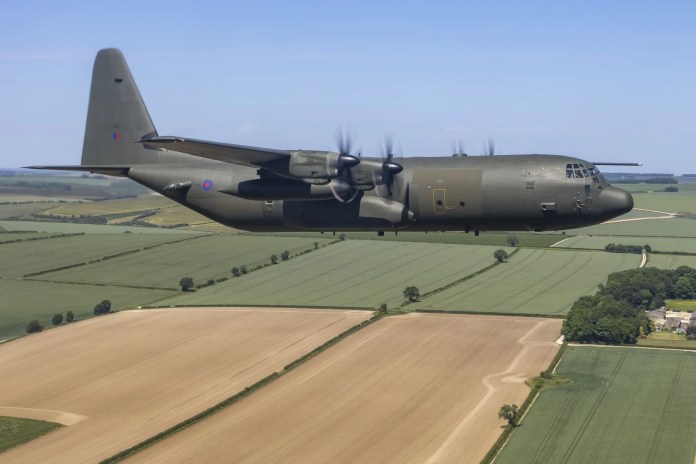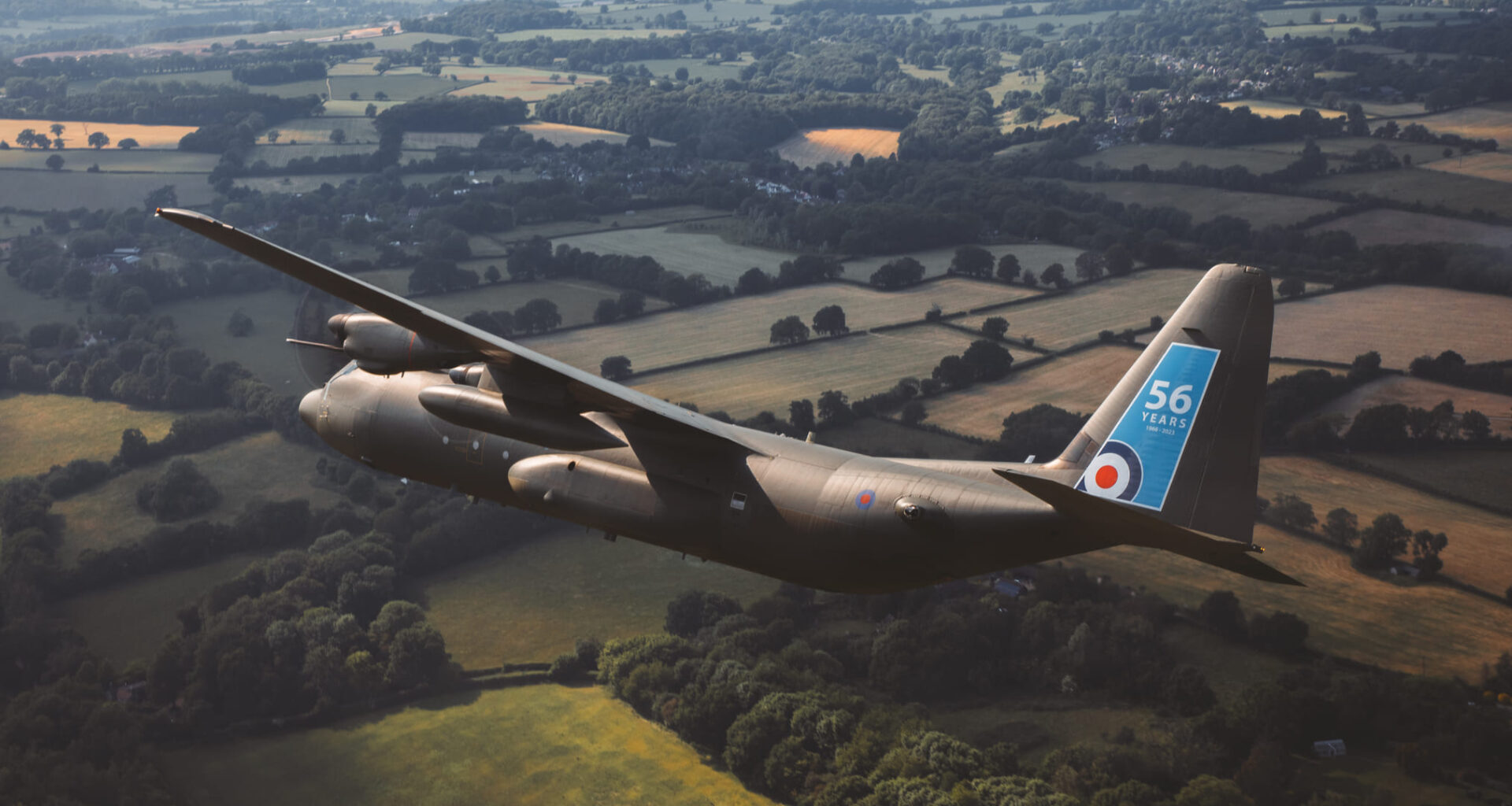Confirming what had been reported last May, the Turkish Air Force has finalized the purchase of a batch of 12 C-130J Super Hercules aircraft retired by the United Kingdom, which will strengthen the institution’s airlift capabilities. The announcement was made by the Turkish Ministry of Defense spokesperson, Rear Admiral Zeki Akturk, who stated that the aircraft had been previously withdrawn from service by the Royal Air Force and later transferred to Marshall Group for maintenance work.
In statements made by Rear Admiral Akturk during a weekly press conference with local media, he said: “The aircraft will be gradually incorporated into our Air Force inventory once maintenance and modernization are completed in the United Kingdom under the signed contract. In addition, the maintenance and upkeep of the C-130J aircraft will be carried out domestically after the corresponding training for the purchased aircraft type.”
It is worth recalling that Turkey has been negotiating with the United Kingdom for some time to secure this dozen aircraft originally manufactured by Lockheed Martin, aiming to alleviate the strain on its current transport fleet. In particular, the Turkish Air Force operates Airbus A400 aircraft, as well as older versions from the C-130 family — specifically the B and E variants.

Expanding on the composition of that fleet, Turkish local media note that the institution first acquired C-130 aircraft in the 1960s, when an initial batch of four C-130Es was purchased, followed by additional units in later years. By the early 1990s, Turkey had strengthened its capabilities with six additional C-130Bs that had previously served with the U.S. Air Force, later complemented in 2011 by six C-130Es purchased from Saudi Arabia. These aircraft have been operated by the 222nd “Alev” Squadron, based at Erkilet International Airport in the Kayseri region.
For the United Kingdom, it is worth noting that the decision to retire its C-130Js came after the Royal Air Force received new A400M Atlas aircraft, which fully assumed the transport missions previously assigned to the retired units. This does not mean that the older aircraft had reached the end of their service life, considering that they began entering service with the RAF in the late 1990s. Furthermore, the Defence Equipment Sales Authority (DESA) had already replaced several critical components to increase their appeal to potential buyers.
Images used for illustrative purposes.
You may also like: TAI advances in the final assembly of two new TF-X KAAN prototypes, Turkey’s new fifth-generation fighter
